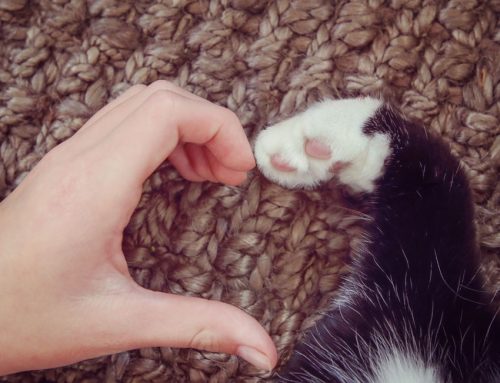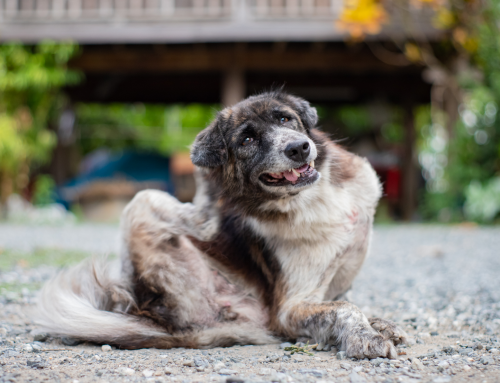Atopy or more specifically Atopic Dermatitis is defined as the genetic predisposition toward the development of allergies manifested as symptoms in the skin.
The cause of these allergies is often the same things that results in allergic rhinitis symptoms in humans and includes things such as:
Dust mites Molds Pollens from grasses, trees and other plants. Insect bites such as fleas.
These tiny particles come in contact with the skin of our pets all the time. When a pet is not atopic nothing happens. However, in an atopic patient the body sees these particles as “bad” sets up an immune response. It sends immune mediators such as histamine to attack the particles. This in turn results in red, warm itchy skin. Once the skin is itchy the patient scratches and chews and can cause further damage and even secondary infections.
Symptoms include:
1. Itchy skin ( most commonly the paws, groin, armpits and ears)
- Excessive scratching
- Chewing
- Rubbing on furniture and carpet
- Oily or dry skin
- Ear infections
- Hair loss
- Scabby/crusty skin lesions
- Hot spots – Red, raw moist skin lesions which often seem to appear overnight.
As time goes on these symptoms seem to get worse and your pet may develop allergies to more allergens each year.
It is important that you contact your veterinarian to determine the cause of your pets symptoms and to find the correct treatment for her.
Some diagnostics that might be peformed include:
Rule out other causes Allergy Testing Response to Therapy This may include referral to a Dermatologist, a specialist who deals with the skin.
Treatments prescribed will depend on your pet’s specific symptoms but may include any combination of the list below:
- Avoidance
- is the number one option but can not always be accomplished. Once you determine the specific items that cause your pets allergic symptoms do your best to avoid them. Remove carpets and other objects which can trap dust and molds.
- If you can not avoid specific allergens you can try Hyposensitization or allergy injections to help to control symptoms.
- Medicated shampoos are often used to decrease the allergens that come in contact with the skin as well as to treat specific symptoms.
- Sometimes a change in diet can promote healthier skin and therefore help your pet deal with the symptoms caused by atopy.
- Omega Fatty Acids can also help create healthier skin. Please consult your veterinarian for the best type and dose for your pet.
- Sometimes Medications such as anti-histamines or steriods are required to treat the symptoms of this condition.
- Treatment for any other co-existing conditions such as infections or external parasites
Atopy is a very frustrating condition but with patients can be managed. Please work with your veterinarian to find as much relief for your pet as possible







Leave A Comment